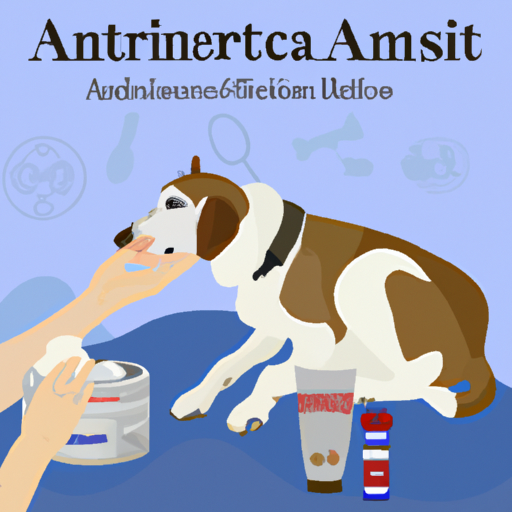Arthritis can be a painful condition for your furry friends. As a caregiver, it’s important to understand how best to soothe their pain and improve their quality of life. The following insights will equip you with the best ways to help your arthritic dog live a comfortable life.
Understanding Canine Arthritis
Arthritis is a degenerative condition that affects the joints, causing inflammation and pain. It’s a common ailment in older dogs, but can also affect younger dogs due to injury or genetic predisposition.
Understanding the symptoms is key to providing your dog the best care. Watch for:
- Difficulty moving
- Limping or favoring a leg
- Decreased activity level
- Stiffness, especially after sleep or rest
Diet and Supplements
Arthritis is often associated with weight gain, which only exacerbates the problem as more pressure is put on the joints. Maintaining a healthy weight can ease the discomfort.
Incorporating certain supplements can also be beneficial:
- Glucosamine and Chondroitin: These compounds aid in joint repair and relief.
- Omega-3 Fatty Acids: Known for their anti-inflammatory properties.
- Green-lipped Mussel: Contains a variety of nutrients that can improve joint health.
Therapeutic Interventions
Beyond diet and supplements, there are a variety of therapeutic options you can consider:
- Physical Therapy: This can strengthen muscles, improve flexibility, and reduce pain.
- Acupuncture: This ancient practice can help alleviate pain and inflammation.
- Massage: This can soothe stiff muscles and promote relaxation.
Medications and Pain Management
Working with your vet, you may consider certain medications to manage your dog’s pain. Below is a table showcasing some of these options:
| Medication | Use | Side Effects |
|---|---|---|
| NSAIDs | Reduces inflammation and pain | Gastrointestinal upset, liver/kidney damage |
| Opioids | Manages severe pain | Drowsiness, constipation |
| Steroids | Reduces inflammation | Increased thirst and hunger, potential long-term damage |
Remember, always consult with your vet before starting any new medication.
Creating A Comfortable Environment
Finally, consider adjusting your dog’s environment to make it more arthritis-friendly:
- Provide a comfortable bed: Orthopedic beds can provide extra support.
- Use pet-friendly ramps: These can make it easier for your dog to navigate stairs or get into the car.
- Keep your home warm: Cold can exacerbate arthritis symptoms.
FAQ
Q: How is arthritis diagnosed in dogs?
A: Vets typically diagnose arthritis through physical exams, x-rays, and sometimes blood tests.
Q: Can a young dog have arthritis?
A: Yes, while it’s more common in older dogs, young dogs can also develop arthritis due to injury or genetic predisposition.
Q: Can arthritis in dogs be cured?
A: There’s no cure for arthritis, but the condition can be managed to improve your dog’s quality of life.
Q: Are certain breeds more prone to arthritis?
A: Larger breeds like Labradors and German Shepherds are more prone to arthritis, but it can affect dogs of all sizes and breeds.
Arthritis is a challenging condition, but with careful attention and care, you can help your dog live a comfortable, happy life.



